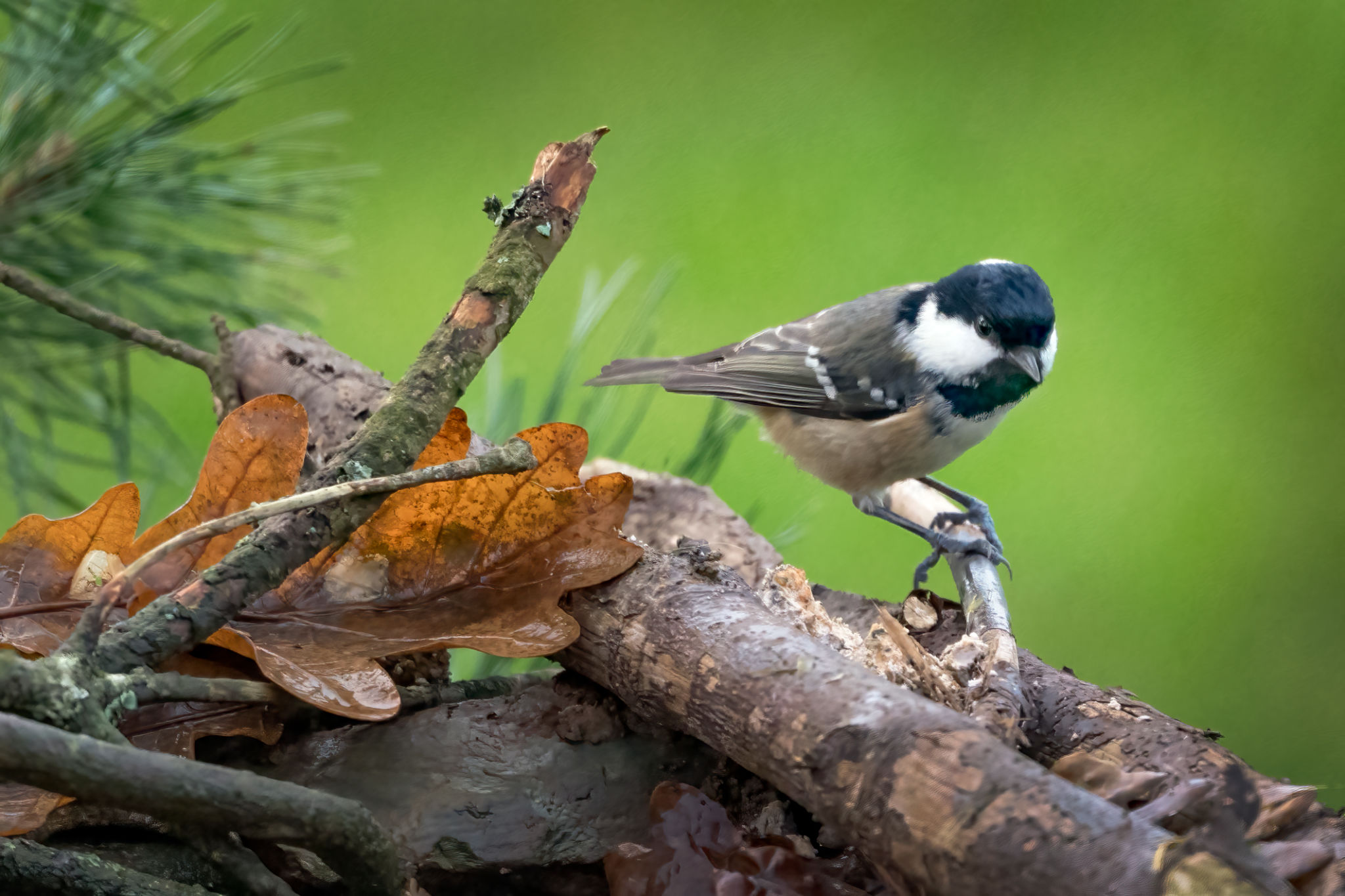Bird Nest Searches: Protecting Avian Habitats in Alberta
The Importance of Bird Nest Searches
Alberta is home to a diverse array of bird species, many of which rely on the province's unique habitats for nesting. These habitats are crucial for their survival, providing safe spaces for breeding and raising young. As development and land use changes increase, the need for effective bird nest searches becomes more critical than ever. Conducting thorough bird nest searches helps in identifying and protecting these vital areas, ensuring that avian populations can thrive.
Bird nest searches are not just about conservation; they are also a legal requirement. In Canada, laws protect migratory birds and their nests, making it illegal to disturb or destroy them without proper authorization. As such, understanding the significance of these searches is essential for anyone involved in land development or management in Alberta.

Understanding Avian Habitats
Alberta's avian habitats vary widely, from boreal forests and grasslands to wetlands and urban environments. Each habitat supports different bird species, each with its own nesting requirements. For instance, some birds may prefer dense forest cover, while others might seek open fields or wetland areas. Recognizing these preferences is key to conducting effective nest searches.
Conducting bird nest searches involves more than just locating the nests. It requires an understanding of the local ecology and the specific needs of different bird species. This knowledge helps in predicting where nests are likely to be found and ensures that searches are both efficient and thorough.

Methods for Conducting Bird Nest Searches
There are several methods used to conduct bird nest searches, each with its own advantages. The choice of method depends on the type of habitat and the bird species present. Common techniques include:
- Visual Surveys: These involve scanning areas for nests from a distance, using binoculars or spotting scopes.
- Auditory Surveys: Listening for bird calls that may indicate nesting activity.
- Drone Surveys: Employing drones to cover large areas quickly, particularly in challenging terrains.
Each method requires trained personnel who can accurately identify bird species and understand their behaviors.

The Role of Technology in Bird Nest Searches
Advancements in technology have significantly enhanced the efficiency and accuracy of bird nest searches. High-resolution cameras, GPS mapping, and drones have become invaluable tools in these efforts. These technologies allow researchers to cover more ground quickly and with minimal disturbance to wildlife.
GPS mapping, in particular, is vital for documenting the locations of nests and monitoring changes over time. This data can inform conservation strategies and ensure that protective measures are targeted effectively.
Challenges in Protecting Avian Habitats
Despite the best efforts in conducting bird nest searches, several challenges remain in protecting avian habitats. Habitat destruction due to urbanization, agriculture, and industrial activities continues to pose significant threats. Climate change also impacts these habitats, altering the availability of resources and suitable nesting sites.
Addressing these challenges requires a collaborative approach involving government agencies, conservation organizations, and local communities. Education and awareness-raising are crucial in fostering a sense of responsibility towards preserving Alberta's rich avian biodiversity.

The Future of Bird Conservation in Alberta
The future of bird conservation in Alberta hinges on our ability to adapt and respond to new challenges. Continued research and investment in technology will be essential in refining our approaches to bird nest searches. Additionally, fostering partnerships between stakeholders can lead to more comprehensive conservation strategies.
Ultimately, protecting avian habitats in Alberta is not just about preserving wildlife; it's about maintaining the ecological balance that supports all forms of life. By prioritizing bird conservation today, we can ensure a vibrant natural heritage for future generations.